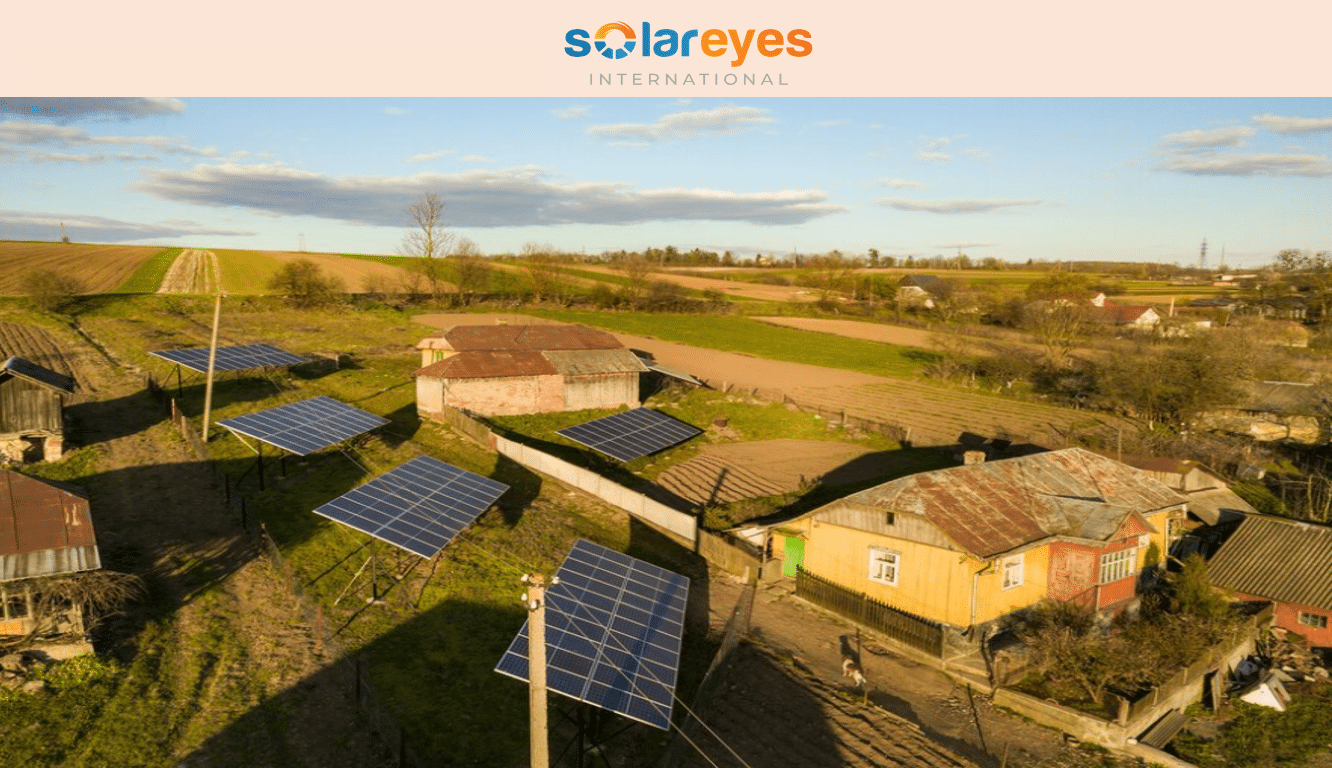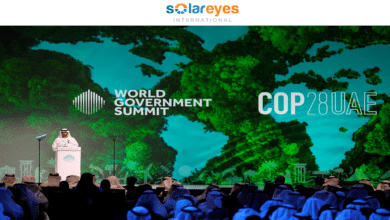Harnessing the Power of the Seas: Floating Offshore Wind Farms compared to Fixed Bottom Ones
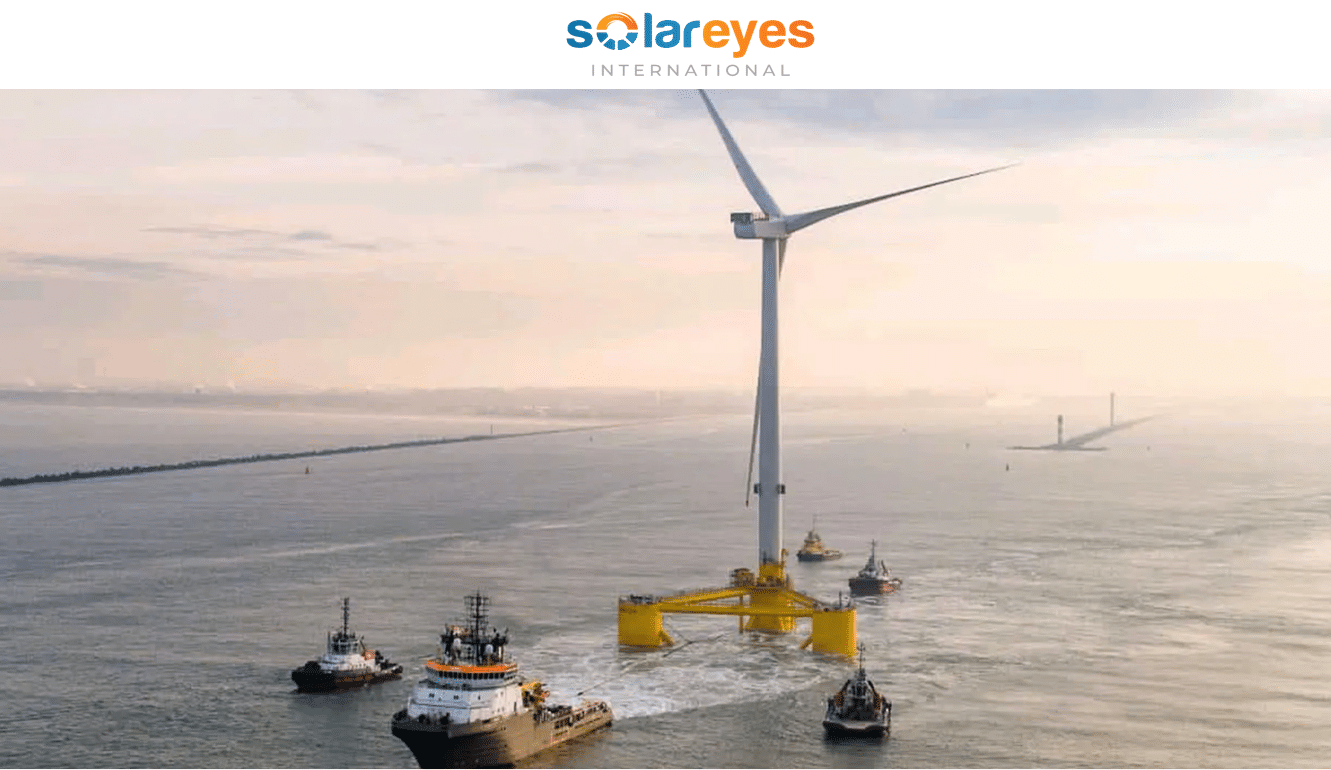
Harnessing the Power of the Seas: Floating Offshore Wind Farms compared to Fixed Bottom Ones
The urgency to combat climate change has made renewable energy sources, particularly wind power, crucial. While onshore wind farms have been extensively developed and offshore wind farms have garnered significant attention due to their immense potential. As offshore wind technology advances, two primary types have emerged: floating offshore wind farms and fixed bottom wind farms.
This article examines the benefits and obstacles associated with floating offshore wind farms, comparing them to fixed bottom counterparts. Moreover, notable examples of floating offshore wind farms from around the globe are explored.
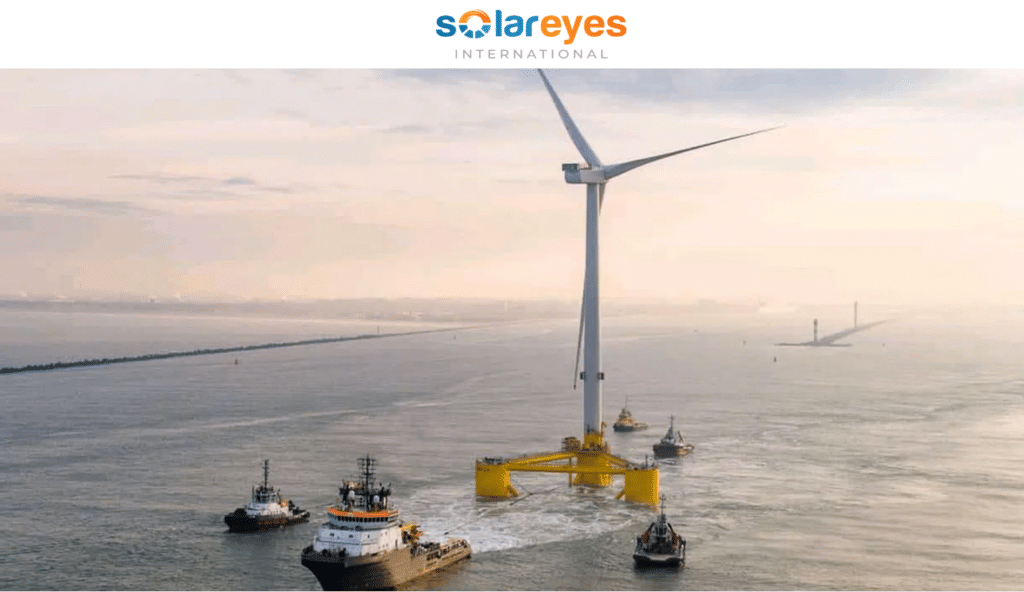
Why Floating Offshore Wind Farms
Floating offshore wind farms represent a groundbreaking innovation that enables the utilization of wind energy in deeper waters where fixed bottom wind farms are not feasible. Unlike fixed bottom wind farms, floating offshore wind farms utilize floating platforms that are secured to the seabed using mooring lines or tension legs. These platforms house wind turbines, which capture wind energy and convert it into electricity.
One of the key advantages of floating offshore wind farms is their ability to operate in deeper waters, unlocking previously untapped offshore wind resources. This expands the potential for wind power generation in coastal regions worldwide.
Additionally, floating offshore wind farms can capitalize on stronger and more consistent winds found farther offshore, resulting in increased electricity generation potential compared to onshore or fixed bottom wind farms. Their operation farther offshore minimizes visual impacts on coastal landscapes and reduces disturbances to bird and marine life habitats, thereby mitigating environmental concerns.
However, floating offshore wind technology is relatively nascent compared to fixed bottom wind farms, necessitating further development and deployment to achieve commercial viability and cost competitiveness. The complex nature of the technology and the requirement for additional materials and engineering contribute to higher costs for floating offshore wind farms.
Nevertheless, as the technology matures and scales up, costs are expected to decrease. Maintenance and repair pose challenges in the remote and harsh offshore environment, rendering them more intricate and costly compared to onshore or fixed bottom wind farms. It is important to develop efficient maintenance strategies and access methods for ensuring the long-term success of floating offshore wind farms.
Noteworthy Examples of Floating Offshore Wind Farms:
The Hywind Tampen: a floating wind farm being built in the Norwegian North Sea. It will supply electricity to the Snorre and Gullfaks oil and gas fields. With a capacity of 88 MW, it will also be the largest floating offshore wind farm globally. Equinor, the operator, will have nearly half of the world’s floating wind capacity.
The project will serve as a test bed for further development of floating wind technology, exploring larger turbines, simplified moorings, and integration with gas power systems. The wind farm will consist of 11 turbines with upgraded capacity to 8.6 MW. It is expected to meet around 35% of the platforms’ annual electricity demand, which could increase during periods of high wind speeds.
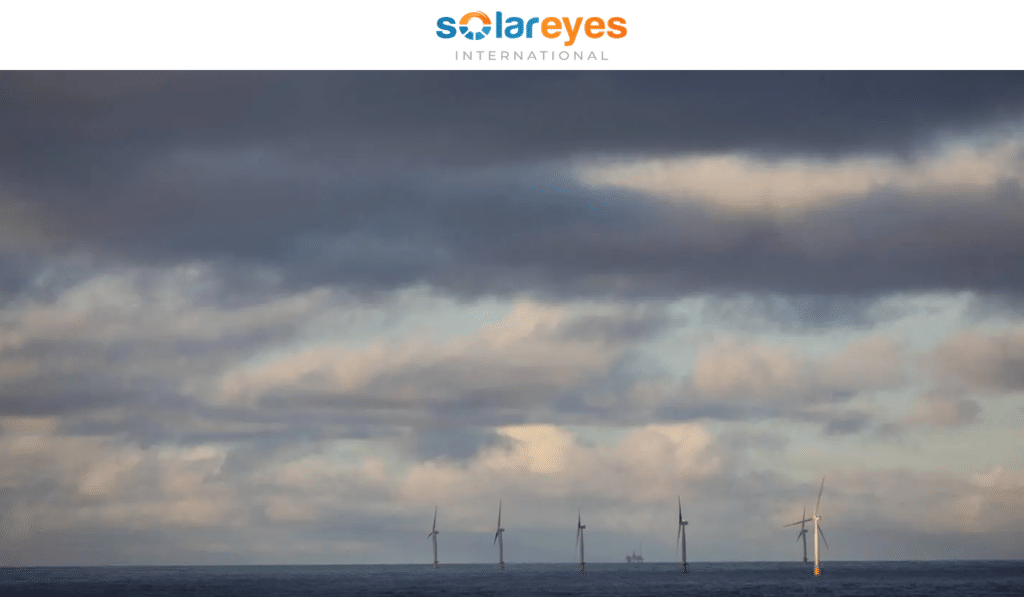
WindFloat Atlantic: Situated off the coast of Viana do Castelo, Portugal, WindFloat Atlantic is a 25 MW floating offshore wind farm that consists of three floating turbines in water depth of around 100 metres. It began operations in 2019 with 3 wind turbines of 8.4 MW each. After several years of work, the project became fully operational in July 2020. At the end of 2022, WindFloat Atlantic had recorded a total cumulative production of 180 GWh, reaching the planned figures.
Kincardine Offshore Wind Farm: located 15 km off the coast of Aberdeen, is the largest floating offshore wind farm globally. It features five V164 9.5 MW turbines, each equipped with three 80 m blades. The blades are manufactured at the MHI Vestas Offshore Wind factory on the Isle of Wight and finished at the Fawley facility, a converted former oil-fired power plant. The turbines are installed on WindFloat units that were fabricated in Spain.
The integration of the platforms and turbines was carried out at the port of Rotterdam. This project showcases the most powerful wind turbine ever installed on a floating platform, marking a significant advancement towards large-scale implementation. The wind farm has the capacity to provide electricity to nearly 35,000 homes in Scotland.
Conclusion
Floating offshore wind farms represent a promising frontier in the renewable energy sector, enabling the utilization of deep-water wind resources previously inaccessible to fixed bottom wind farms. While facing technological challenges and higher costs, floating offshore wind farms offer unique advantages such as expanded location possibilities, increased wind resource potential, and reduced environmental impact.
With ongoing advancements and notable projects worldwide, these innovative wind farms hold immense potential for meeting future energy demands and combating climate change on a global scale.
*************************************************************************
This article was written by Shqipe Asani who is a SolarEyes Contributor. More information about SolarEyes Contributors can be found on this link: https://solareyesinternational.com/solareyes-international-contributors/
*************************************************************************
FOLLOW US ON SOCIAL MEDIA
Follow us on LINKEDIN, FACEBOOK, TELEGRAM GROUP and WHATSAPP.
*** ALSO CHECK: HOW TO SIZE A SOLAR SYSTEM – 5 clear steps anyone can follow
HOW TO START A SOLAR COMPANY – do these 6 things and make money through solar
How to Identify Fake Solar Products
SOLAR PANEL LOSSES: All you Need to Know + Tips on how to avoid them
SOLAR PV MODULE MANUFACTURING PROCESS EXPLAINED – from solar cells to solar panel
10 Surprising Ways Solar Energy Can Save You Money Today!
Opportunities for Solar Energy Development in Europe
FREE TOOLS to use for Solar Panel Tilt Angle Calculation and Installation – for any location
How Solar Panels Can Increase Your Home Value
HOW TO IDENTIFY FAKE SOLAR PRODUCTS – 6 things to check
Some Examples of where People have Fallen Victim to Fake Solar Products
How to Choose Solar Panel Brands
Top 10 Solar Panel Companies Driving the Renewable Energy Revolution
Best Solar Cell Efficiency Chart – National Renewable Energy Laboratory(NREL)



